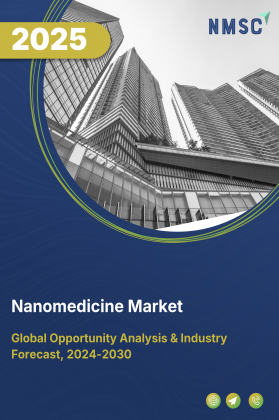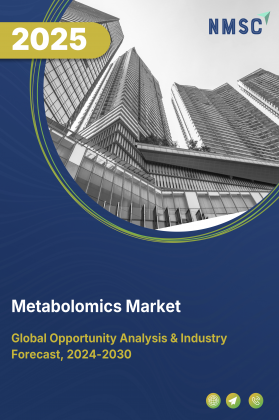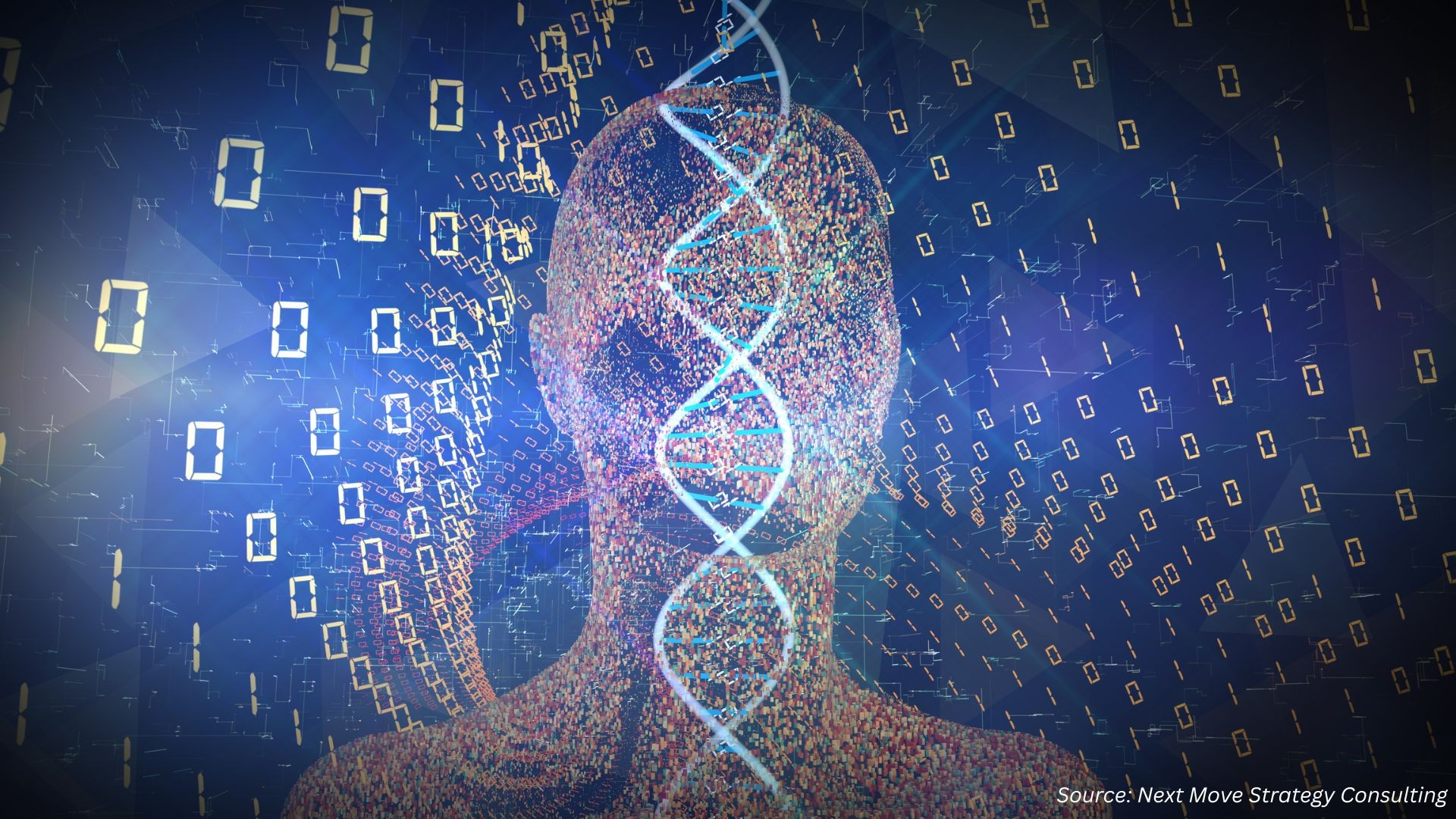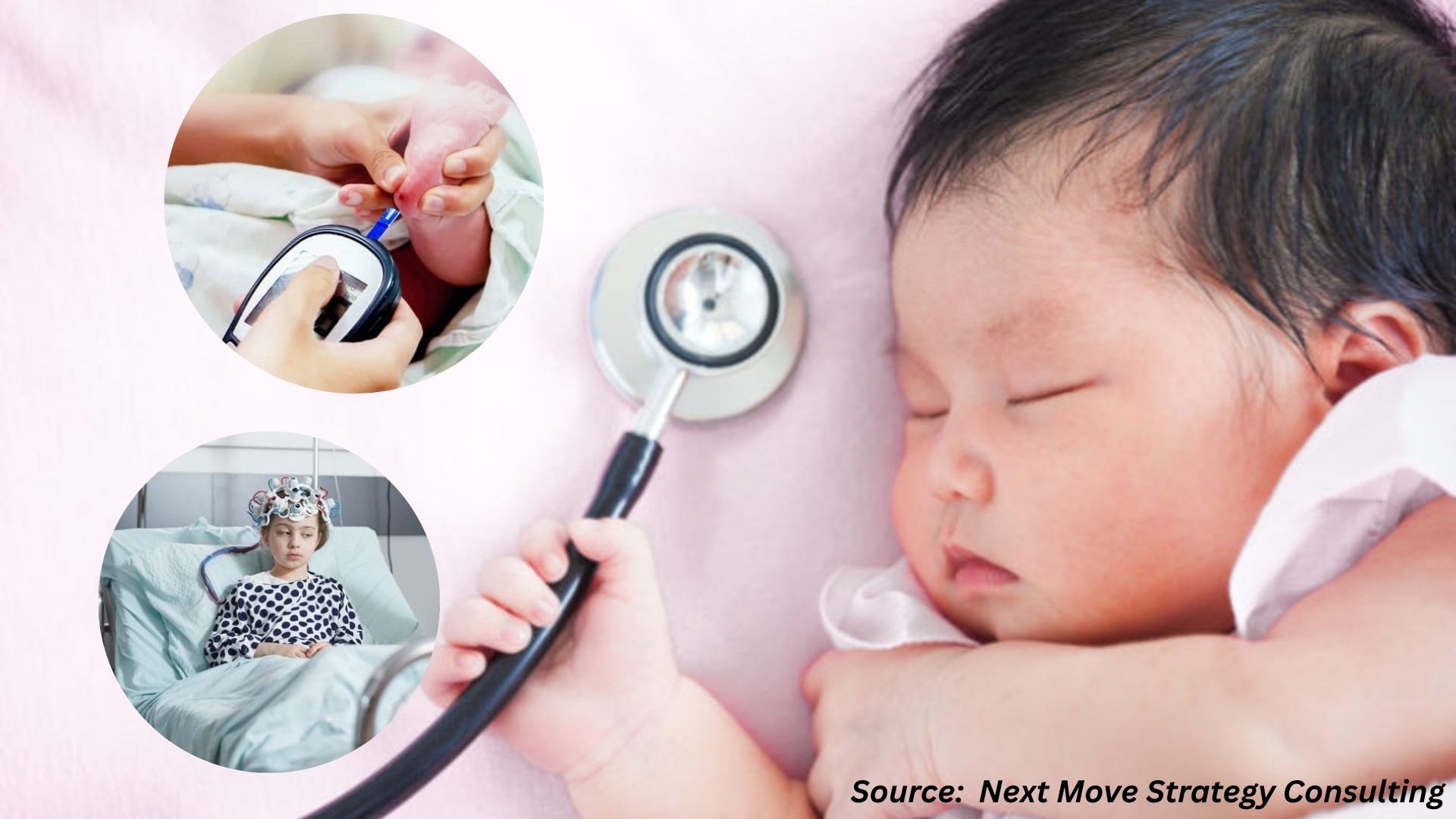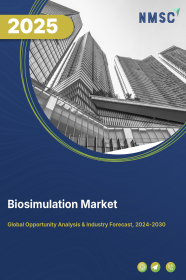
Biosimulation Market by Type, (Large-Scale Biosimulation and Small-Scale Biosimulation), by Component (Software and Services), by Application (Drug Development, Drug Discovery, and Other), by Delivery (Subscription and Ownership), and by End User (Contract Research Organizations (CROS), Pharmaceutical & Biotechnology Companies, Regulatory Authorities, and Academic & Research Institutes) – Global Opportunity Analysis and Industry Forecast 2024 – 2030
Market Definition
The global Biosimulation Market size was valued at USD 3.13 billion in 2023 and is predicted to reach USD 10.58 billion by 2030 with a CAGR of 18.7% from 2023 to 2030.
Biosimulation is a scientific discipline that involves use of computer models to simulate and analyze complex biological systems. It uses mathematical and computational models to describe and predict the behavior of biological systems, such as cells, tissues, organs, or even entire organisms, under different conditions. It can be used to study a wide range of biological processes, including drug development, disease modelling, and toxicity testing. It is an interdisciplinary field that draws on expertise from biology, mathematics, physics, and computer science to develop models and algorithms that can help researchers gain a deeper understanding of underlying mechanisms of biological systems.
Market Dynamics and Trends
Demand for biosimulation is increasing, owing to availability of biosimulation software such as Phoenix platform, which is recognized as the premier software to review new drug and biologics license applications across the globe. It is used by 6,000 scientists at biopharmaceutical companies, academic and non-profit institutions, and regulatory agencies.
Moreover, rise in adoption of biosimulation services and software among biosimilar companies and pharmaceutical and regulatory authorities propels the market growth. Adoption of biosimulation also helps to reduce the risk of failure and significantly reduces cost of drug discovery and development, which is expected to further propel the biosimulation market growth.
However, limited knowledge of biological processes, lack of standard methods for biosimulation, and high risk of failure of drugs in are expected to restrain the market growth during the forecast period. On the contrary, adoption of biosimulation software in developing CAR T-cell therapies for treatment of cancer is expected to create ample growth opportunities for the market in the coming years.
Market Segmentation and Scope of the Study
The global biosimulation market report is segmented on the basis of type, component, application, delivery, end user, and geography. On the basis of type, the market is segmented into large-scale biosimulation and small-scale biosimulation. On the basis of component, it is divided into software and services. The software segment is sub-divided into pk/pd modeling & simulation software, pbpk modeling & simulation software, toxicity prediction software, molecular modeling & simulation software, trial design software, and others. The services segment is further classified into in-house services contract services. On the basis of application, the market is divided into drug development, drug discovery, and others.
The drug discovery segment is further classified into target identification & validation and lead identification & optimization. The drug development segment is divided into preclinical testing and clinical trials. By delivery, the market is segmented into subscription and ownership. By end user, it is categorized into contract research organizations (CROS), pharmaceutical & biotechnology companies, regulatory authorities, and academic & research institutes. Geographically, the market is analyzed across North America, Europe, Asia-Pacific, and Row.
Geographical analysis
North America holds a dominant share of the global biosimulation market, and is expected to remain dominant during the forecast period. Surge in use of biosimulation technique in treatment of stomach cancer, breast cancer, colorectal cancer, and other cancers across the region drives the market growth. For instance, in July 2021, Cellworks, a leading U.S. precision medicine company, improved selection and success of cancer treatments by combining biosimulation technology, artificial intelligence, NGS bioinformatics, and the first Therapy Response Index (TRI).
Moreover, growth in approval of biosimulation software in the region by the U.S. Food and Drug Administration (FDA) boost the market growth. For instances in December 2021 – Certara, Inc. announced that U.S. Food and Drug Administration (FDA) renewed and expanded its Certara’s biosimulation software such as Simcyp Simulator, which includes Simcyp Pediatric and Simcyp Cardiac Safety Simulator and Certara's Phoenix Platform. The company uses Simcyp software to independently analyze, verify, and review sponsor IND, BLA, NDA, ANDA, and other submissions. Whereas Certara's Phoenix Platform, is widely used software for pharmacokinetic, pharmacodynamic, and toxicokinetic modeling and simulation.
However, Europe is expected to show a swift rise in the market, owing to rise in prevalence of chronic diseases that have encouraged drug discovery, drug development, and research activities in the region. Moreover, surge in cases of cancer in the region that demand biosimilation software to develop drugs drive the market growth. For instance, according to the European Society for Medical Oncology in 2020, around 2.7 million new cases were diagnosed and 1.3 million deaths occurred due to cancer in this region.
Competitive Landscape
Various market players operating in the global biosimulation industry include Schrodinger, Inc., Simulations Plus, Certara, Dassault Systèmes, Chemical Computing Group ULC, Advanced Chemistry Development, Inc., Physiomics Plc, ANSYS, Inc, Cadence Design Systems, Inc., Cellworks, Exonate, Exploristics, VeriSim Life, Rosa & Co. LLC, Compugen. These market players are adopting various strategies such as product launches and approvals of business across various regions to maintain their dominance in the global market.
For instance, in June 2022, Certara, launched new biosimulation software that includes Immunogenicity (IG), Immuno-oncology (IO) and Vaccine Simulators. These simulators are based on quantitative systems pharmacology (QSP), which combines computational modeling and experimental data to examine relationships between a drug, biological system, and disease process.
Moreover, in March 2022, Simulations Plus, Inc. a leading provider of modeling and simulation software and services for pharmaceutical safety and efficacy, announced that it received a Phase II SBIR NIH grant for further development and validation of its novel biologxsym platform. Biologxsym is a quantitative systems toxicology (QST) software focused on complex macromolecule liver safety. It will also incorporate novel information that can be obtained from vLAMPS.
Key Benefits
-
The report provides quantitative analysis and estimations of the biosimulation market from 2023 to 2030, which assists in identifying the prevailing market opportunities.
-
The study comprises a deep dive analysis of the biosimulation market including the current and future trends to depict prevalent investment pockets in the market.
-
Information related to key drivers, restraints, and opportunities and their impact on the global market is provided in the report.
-
Competitive analysis of the players, along with their market share is provided in the report.
-
SWOT analysis and Porters Five Forces model is elaborated in the study.
-
Value chain analysis in the market study provides a clear picture of the roles of stakeholders.
Biosimulation Market Key Segments
By Type
-
Large-Scale Biosimulation
-
Small-Scale Biosimulation
By Component
-
Software
-
PK/PD Modeling & Simulation Software
-
PBPK Modeling & Simulation Software
-
Toxicity Prediction Software
-
Molecular Modeling & Simulation Software
-
Trial Design Software
-
Others
-
-
Services
-
In-House Services
-
Contract Services
-
By Application
-
Drug Development
-
Preclinical Testing
-
Clinical Trials
-
-
Drug Discovery
-
Target Identification & Validation
-
Lead Identification & Optimization
-
-
Others
By Delivery
-
Subscription
-
Ownership
By End User
-
Contract Research Organizations (CROS)
-
Pharmaceutical & Biotechnology Companies
-
Regulatory Authorities
-
Academic & Research Institutes
By Region
-
North America
-
U.S.
-
Canada
-
Mexico
-
-
Europe
-
UK
-
Germany
-
France
-
Italy
-
Spain
-
Denmark
-
Netherlands
-
Finland
-
Sweden
-
Norway
-
Russia
-
Rest of Europe
-
-
Asia Pacific
-
China
-
Japan
-
India
-
South Korea
-
Australia
-
Indonesia
-
Singapore
-
Taiwan
-
Thailand
-
Rest of Asia-Pacific
-
-
Rest of World
-
Latin America
-
Middle East
-
Africa
-
Key Players
-
Schrodinger, Inc.
-
Simulations Plus
-
Certara
-
Dassault Systèmes
-
Chemical Computing Group ULC
-
Advanced Chemistry Development, Inc.
-
Physiomics Plc
-
ANSYS, Inc
-
Cadence Design Systems, Inc.
-
Cellworks
-
Exonate
-
Exploristics
-
VeriSim Life
-
Rosa & Co. LLC
-
Compugen




















 Speak to Our Analyst
Speak to Our Analyst




